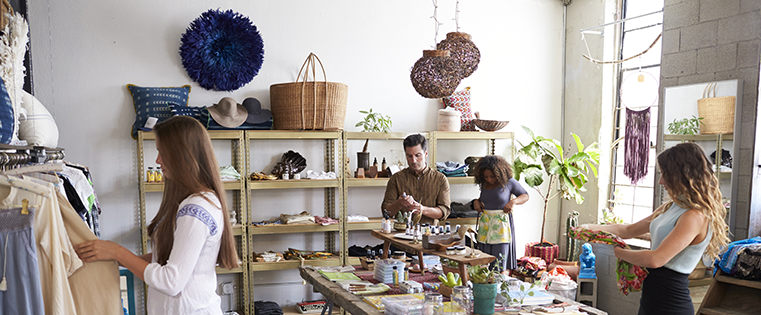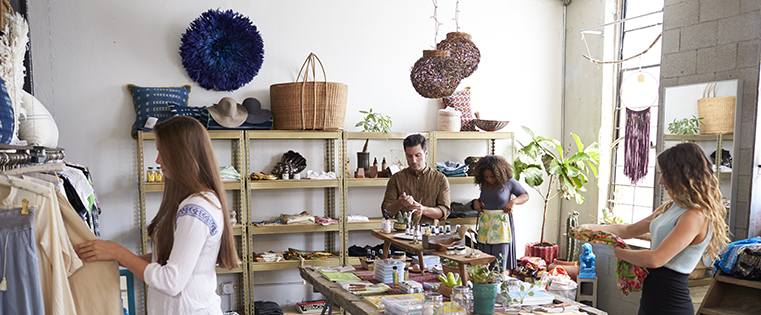The Next Wave in Digital Agency Marketing: Brick-and-Mortar Pop-Ups. Researching products online is key, but most people enjoy the tactile experience of hunting for them and actually touching them. Shopping is a form of recreation for much of America. That's why agencies should use physical locations to cross-promote their e-commerce brands. Identify brands that currently sell only online but whose products would benefit from being seen and felt in a brick-and-mortar space. If the brands aren't all-in on maximizing the effort to make the experiment work for them, it will weaken the experience for everyone. The Keys to Cross-Pollination Co-retailing is not about huge spikes in revenue: It's about the experience and about cross-pollinating customers from brand to brand. People love farmers markets and festivals for a reason: The experience of browsing is often as good as gaining access to the products. If you have 10 brands, and each introduces 50 of its own fans to another brand, you've helped each brand reach 450 new potential customers. Opening up to new fan bases lifted everyone's brand awareness, and allowing customers to see, feel, taste, and experience their products deepened connections.

At this point, everyone knows that e-commerce is no longer “the next big thing” — it’s the current big thing. eMarketer estimates e-commerce sales will reach $4.058 trillion in 2020, or 14.6 percent of total retail projections for that year.
The e-commerce space is a hot, crowded market, and the brands that rise to the top will have to be able to cultivate a loyal and rabid fan base. As an agency pro, it’s your job to help your clients grow that base.
You’re probably already killing it using social media, paid advertising, and other digital tools and techniques. However, when even those tried-and-true channels become stale, it’s time to step outside of what we do every day to gain a new perspective.
One way to do that is by placing your clients in a physical location — at least temporarily.
Thinking outside the box in this way helps them build stronger relationships with their customers, as well as connect organically with fans of similar brands. While people like to purchase online for the convenience, the truth is that many consumers would love to be able to touch, smell, and see whatever it is they’re buying in person.
Building a Concrete Case for Brick-and-Mortar
According to Retail Dive’s Consumer Survey, 62 percent of consumers want to examine and try out items before buying. Researching products online is key, but most people enjoy the tactile experience of hunting for them and actually touching them.
Shopping is a form of recreation for much of America. One could go so far as to say that America’s real favorite pastime involves going to a store, browsing the options, picking things up, and putting them back — all of which can increase brand awareness and tighten the bond between the brand and the consumer, even if it doesn’t result in a sale.
Of course, e-commerce brands are online for a reason, so diving into brick-and-mortar storefronts may not be in their business plan. That’s why agencies should use physical locations to cross-promote their e-commerce brands. It’s not about making a complete pivot to brick-and-mortar locations — it’s about making a brand’s presence known in a clear and tangible way and boosting consumer interest by bringing related brands together under one roof.
We did this recently at Hawke Media with a new initiative called The Nest. Basically, we took the co-living and co-working cooperative trend to the next level and offered our clients an opportunity to enjoy the benefits of a co-retail space.
Launching a Pop-Up Store That Performs
For our recurring pop-up retail space, we curate 10 complementary client brands — including fashion, lifestyle, health, and beauty brands for both men and women — and bring them together…

COMMENTS